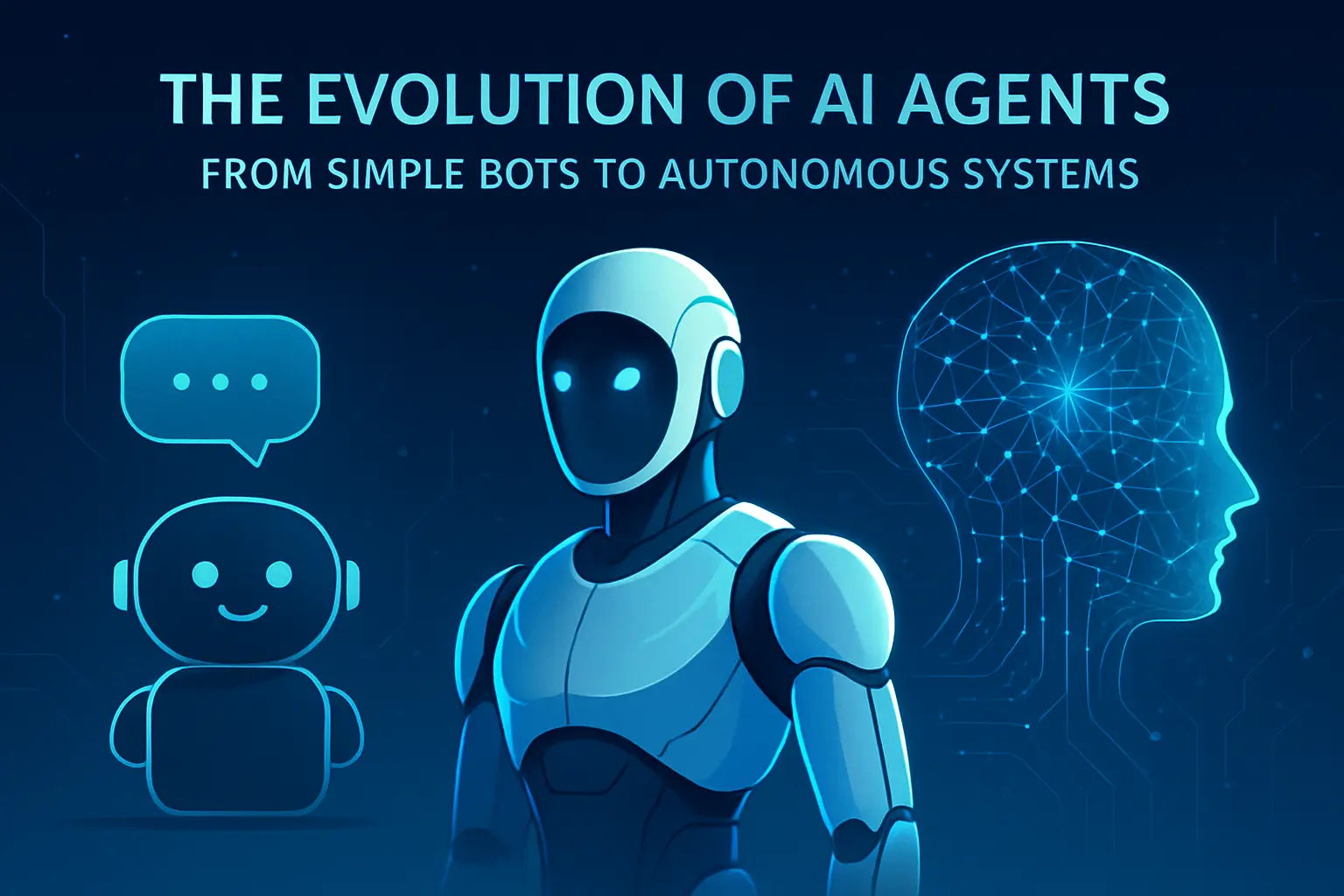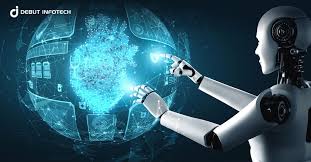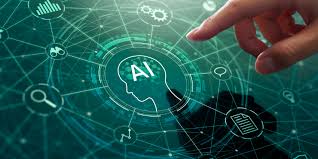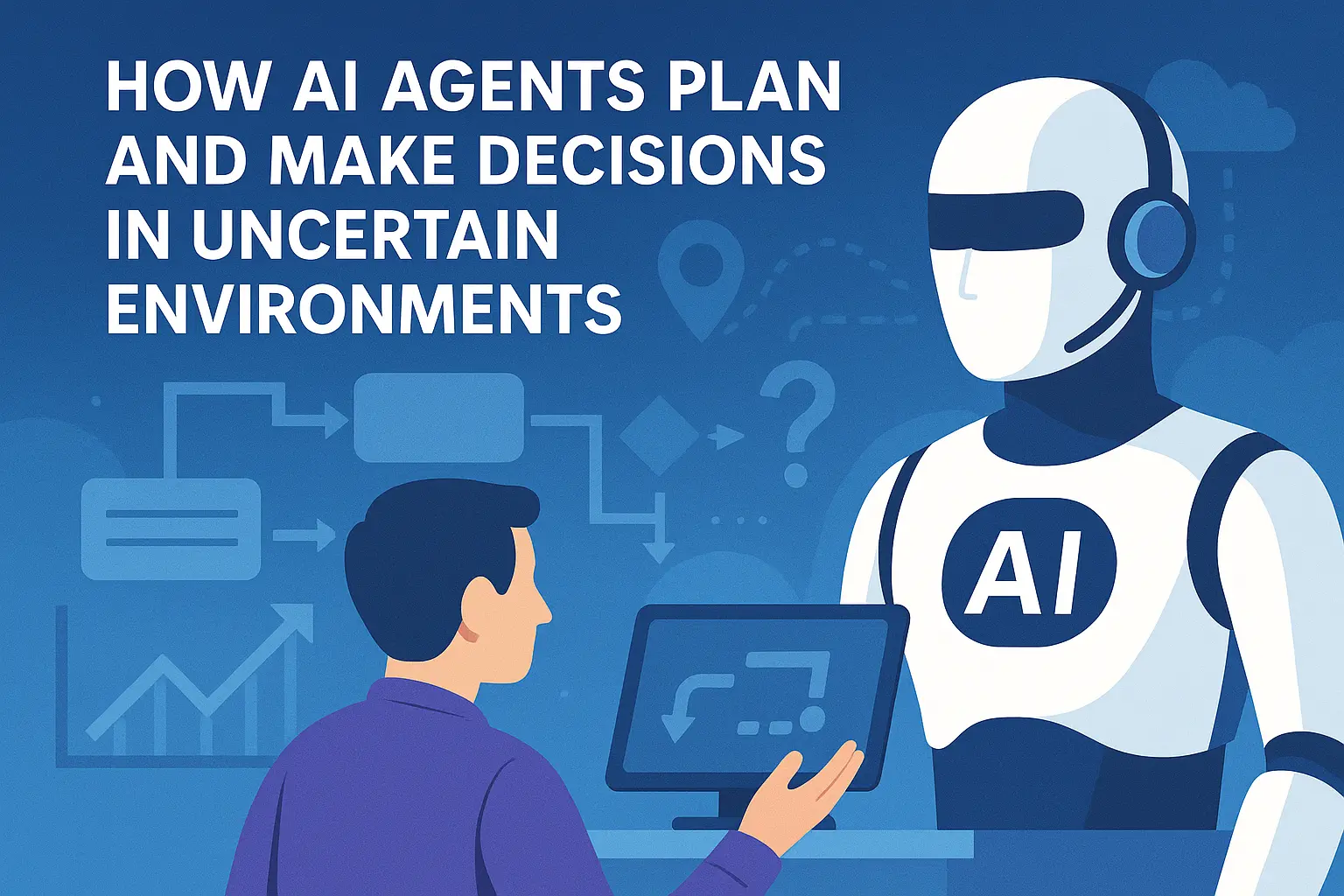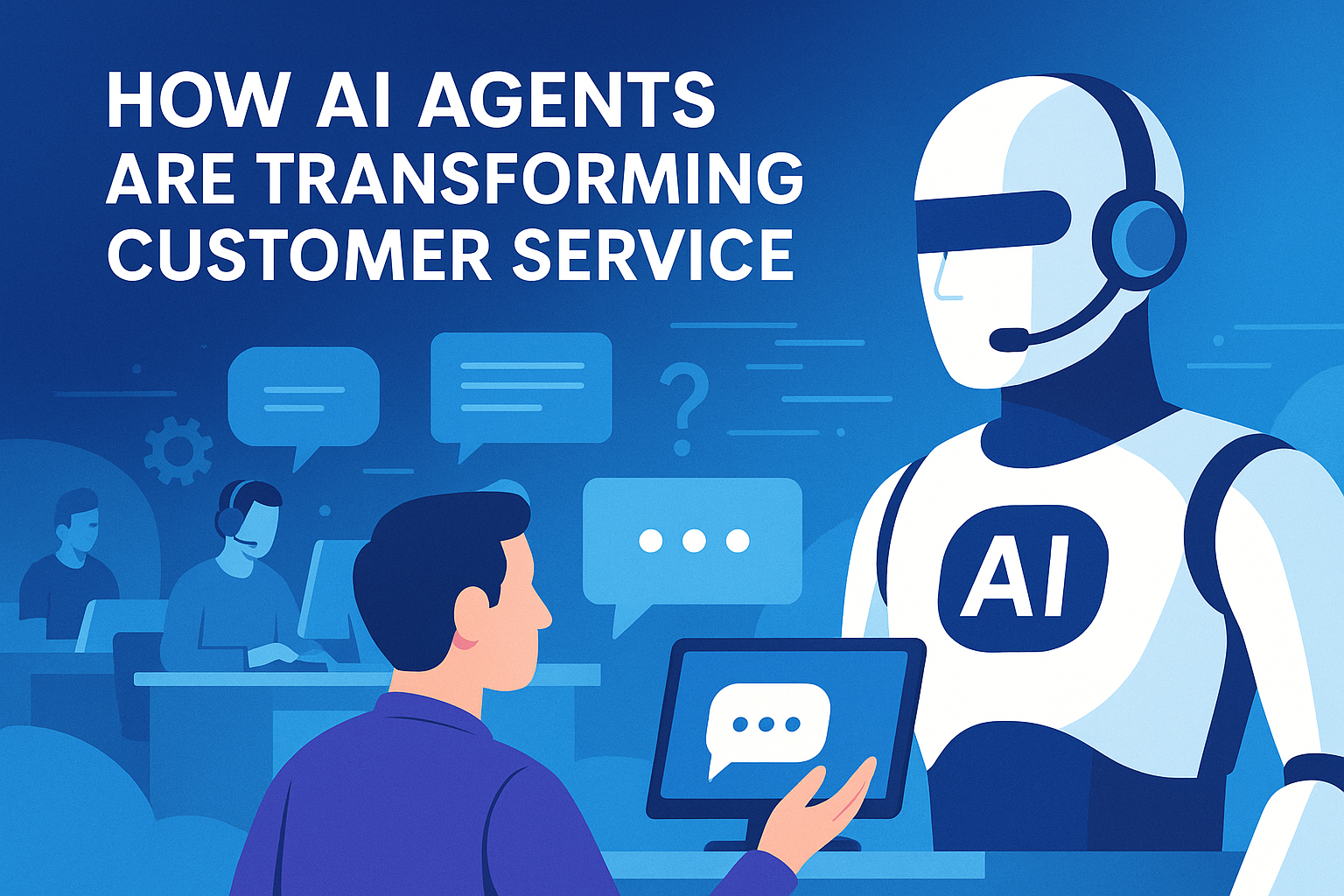Artificial Intelligence has come a long way from its humble beginnings. Remember those basic bots that could only answer “yes” or “no” questions? Fast-forward to today we have AI agents making medical diagnoses, managing smart homes, driving cars, and even composing music. But how did we get here?
What are AI Agents?
Think of them as digital workers some are just assistants, while others can be full-on decision-makers.
Why Understanding Their Evolution Matters
Knowing how AI agents evolved helps us understand their potential, risks, and where they’re headed. It’s like understanding the leap from horse-drawn carriages to self-driving Teslas.
The Birth of Simple Bots
The Early Days of Rule-Based Systems
It all started with bots that followed predefined rules. If you typed a certain word, they replied with a programmed response. They weren’t smart but they were revolutionary at the time.
ELIZA: The First Chatbot
Developed in the 1960s, ELIZA mimicked a psychotherapist. While it couldn’t understand what you were saying, it cleverly turned your words into questions. It wowed people but lacked actual intelligence.
Limitations of First-Generation Bots
They couldn’t learn, adapt, or even detect context. They were like talking to a brick wall with a script.
The Rise of Machine Learning in Bots
Introduction of Learning Algorithms
Enter Machine Learning (ML). Bots were no longer limited to fixed rules they could now learn from data and improve over time.
How ML Transformed Bots’ Capabilities
Bots could now classify emails, recommend products, and even detect spam all by analyzing patterns and making predictions.
Chatbots Become Smarter
Bots like Facebook Messenger bots or customer support bots began solving real problems, offering human-like interactions.
Natural Language Processing and Its Role
From Keyword Matching to Understanding Context
Natural Language Processing (NLP) allowed bots to interpret language in a more human-like way. They understood grammar, tone, and intent.
Siri, Alexa, and the Voice Revolution
Virtual assistants like Siri and Alexa changed the game. They combined NLP, voice recognition, and cloud computing to answer questions and even control your home.
NLP-Powered Chat Agents in Business
From banking to healthcare, industries adopted NLP-driven agents to streamline support and operations.
Reinforcement Learning and Decision-Making AI
Role of RL in Autonomous Systems
From robots learning to walk to AI beating human players in games like Go RL powers true autonomy.
Self-Driving Cars and Game-Playing AIs
Tesla’s Autopilot and Google’s DeepMind use RL to master complex tasks without hardcoding every move.
